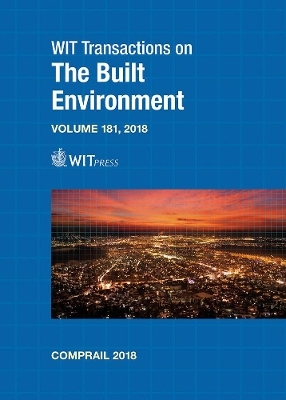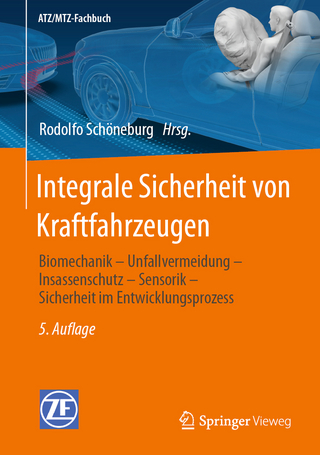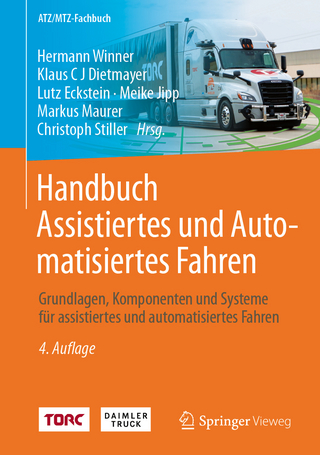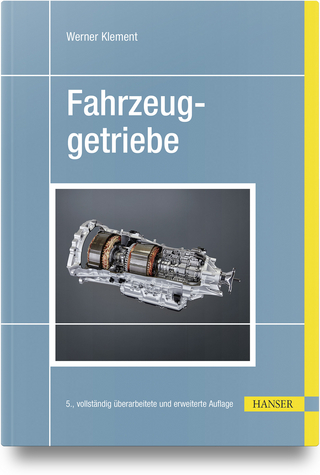
Computers in Railways XVI
WIT Press (Verlag)
978-1-78466-285-1 (ISBN)
There is a continuing need to update the use of advanced systems, promoting their general awareness throughout the management, design, manufacture and operation of railways and other emerging passenger, freight and transit systems. By emphasising the use of computer systems in advanced railway engineering, this book contributes to this goal.
These research studies will be of interest to all those involved in the development of railways, including managers, consultants, railway engineers, designers of advanced train control systems and computer specialists.
Contents
Section 1: Energy supply and consumption
Enhanced efficiency in railway driving: development of ECOS (Energy Consumption Optimization Software) tool; Transient stability of a rotary frequency converter fed railway interconnected with a parallel low frequency High Voltage Transmission system; Current estimation method at the time of a contact-wire breakage during standstill below insulated overlap based on contact-wire necking length; An improved power supply system for neutral sections in railway electric power systems; Adjustment of the charge-discharge parameters of a stationary energy storage system for DC electric railways using PI control; Research on underground tunnel intelligent lighting control technology
for energy saving railway system
Section 2: Advanced train control
Multiple PR controller-based method for suppressing the resonance oscillation of traction networks using the auxiliary converter of an electric locomotive; A novel control method to prevent regenerative braking failure and minimize loss of system based on supercapacitor series connected to the traction inverter; The clamp force control of train electro-mechanical brake device on self-adaptation control; Common mode voltage suppression method based on model predictive control for a permanent magnet synchronous motor considering current error limit; Collaborative optimization of management strategy with energy interaction and sizing for the tram's hybrid storage system; Ultra-high frequency train operation using the soft coupling technique: headway evaluations
Section 3: Computer simulations
A design strategy on the Talbot Type Articulation of a freight wagon; Proposal for a railway layer model; Validation of numerical simulation using 3D-discrete element ballasted track model; Rule-directed safety validation of SSI-based interlocking application data models; Passenger flow analysis in railway transit station by potential pathline method; TRENISSIMO: improving the microscopic simulation of railway networks
Section 4: Intelligent railway systems
Use of ontology for data integration in a degraded mode signalling system; Reservation-compulsory commuting railways: innovation that will be made possible by UCRT/IPASS; Operational scenario of CoBoT for escort of the mobility handicapped at railway stations
Section 5: Monitoring and maintenance
Contribution to the modification of input data of subgrade structure dimensioning for non-traffic load according to the ZSR methodology; Development of a dynamic track measuring device for gauge and twist to reduce derailment accidents; Restoration of actual track geometry using data measured by an inertial trolley
Section 6: Operational planning
Recent restoration of skip-stop operation in the Korean urban railway; Train traffic simulation algorithm based on historical train traffic records
Section 7: Operations quality
Optimization of speed changes and its effects on running time and capacity; The impact of buffer time distributions on the nominal capacity of railway lines
Section 8: Railway vehicle dynamics
Curving performance simulation of bogie angle linked steering truck; Suppression of vertical vibration in railway vehicle carbodies through control of damping force in primary suspension: presentation of results from running tests with meter-gauge car on a secondary line
Section 9: Risk management
The weakest link of a chain determines its strength: valuing the passenger risk of missed transfers; The concept of - Risk Ranking - Prioritisation Matrix - method and its application for prioritisation of the non-compliance rail ultrasonic testing tracks
Section 10: Safety and security
A new interactive railway virtual simulator for testing preventive safety; Experimental study on the effect of cross-sectional area ratio between tunnel and shaft on plug-holing phenomena in shallow underground tunnels; Measures for ensuring the safety and security of automated operation of public transportation in Japan; Improving safety by integrating dysfunctional analysis into the design of railway systems; Introducing automatic ultrasonic inspection technology to welded rails on a flexible floating railway bridge
Section 11: Timetable planning and rescheduling
Train rescheduling generation considering rolling stock types and closed-off areas; Random delays forming in the dense train flow; Analysis of temporal factors influencing minimum dwell time distributions
Section 12: Track design and maintenance
Noise reduction for ballasted tracks: a socio-economic assessment; Optimisation of concrete sleeper design for heavy haul operated railway track by non-linear finite element and empirical studies; Development of metal rubber pads for high speed railways; Comparison of conventional and acoustic impact echo tests for detecting a cavity underneath a concrete slab track; Non-linear soil behaviour on freight vs passenger lines
Section 13: Train control systems
Methods for introducing a new interlocking system in Omiya station, Japan; Formal modelling and data validation of general railway interlocking system
Section 14: Freight transport
An investigation into the benefits and constraints of shifting freight traffic from roads onto high-speed railways
Section 15: Rail freight transport and logistics
NGT CARGO - concept for a high-speed freight train in Europe
Author index
| Erscheinungsdatum | 10.09.2018 |
|---|---|
| Reihe/Serie | WIT Transactions on The Built Environment ; 181 |
| Verlagsort | Southampton |
| Sprache | englisch |
| Maße | 178 x 254 mm |
| Themenwelt | Technik ► Fahrzeugbau / Schiffbau |
| ISBN-10 | 1-78466-285-2 / 1784662852 |
| ISBN-13 | 978-1-78466-285-1 / 9781784662851 |
| Zustand | Neuware |
| Informationen gemäß Produktsicherheitsverordnung (GPSR) | |
| Haben Sie eine Frage zum Produkt? |
aus dem Bereich


